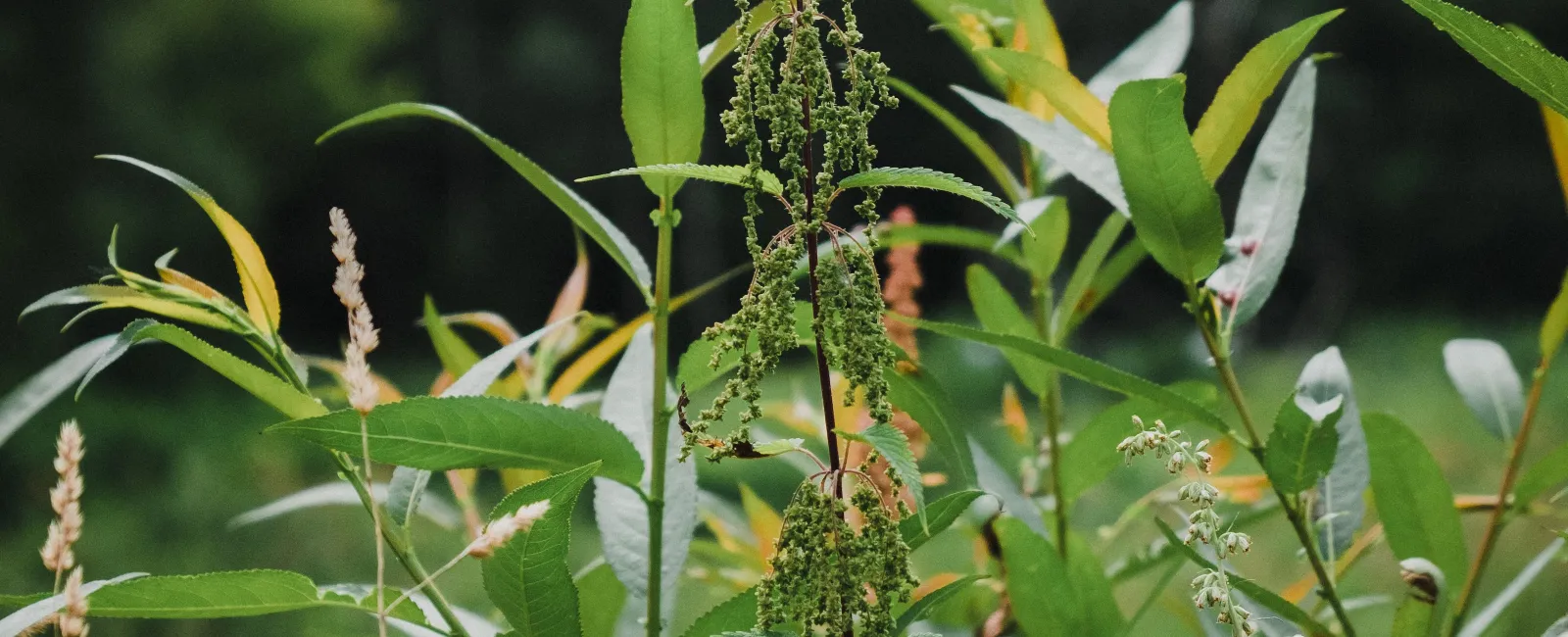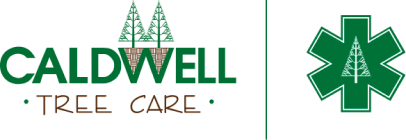
The use of weed killers, particularly those like RoundUp, often raises concerns among gardeners and homeowners regarding their potential impact on trees. This article aims to explore and clarify the effects of common weed killers on trees, providing essential insights for effective and safe garden maintenance.
Understanding Weed Killers
What are Weed Killers?
Weed killers, scientifically known as herbicides, are chemicals designed to control unwanted plants. They are categorized into two main types: selective herbicides, which target specific plant species, and non-selective herbicides, which can kill a wide range of plants.
Key Ingredients in Common Weed Killers
One of the most commonly used ingredients in non-selective weed killers is Glyphosate, famously found in products like Round Up. Other common ingredients in weed killers include:
2,4-Dichlorophenoxyacetic acid (2,4-D): This is a selective herbicide, commonly used to control broadleaf weeds in lawns, cereals, and pasture. It mimics the action of a plant hormone, causing uncontrolled growth that eventually kills the weed.
Dicamba: Similar to 2,4-D, dicamba is primarily effective against broadleaf weeds. It’s often used in combination with other herbicides, like glyphosate, to control a broader range of weeds. Like 2,4-D, dicamba causes unregulated growth in plants.
Triclopyr is another selective herbicide that controls broadleaf weeds and some woody plants. It’s commonly used in turf management and on rangeland.
Atrazine: Used mainly in cultivating corn and sugarcane, atrazine is a selective herbicide. It works by inhibiting photosynthesis in susceptible plants.
Glufosinate-ammonium: This non-selective herbicide works by inhibiting an enzyme crucial for producing certain amino acids in plants. It leads to the breakdown of photosynthesis in the plant.
Paraquat: Known for its quick action, paraquat is a non-selective contact herbicide, meaning it kills plants on contact. It’s highly toxic to plants and humans, and its use is restricted or banned in some countries.
Pre-emergent herbicides: These are a category of herbicides used to prevent weeds from emerging. They don’t kill existing weeds but prevent new ones from growing. Common active ingredients in pre-emergent herbicides include pendimethalin and prodiamine.
What is Glyphosate?
Glyphosate works by inhibiting a vital plant enzyme, effectively leading to the plant’s death. Understanding the chemical properties and action mechanisms of these herbicides is crucial in assessing their impact on trees
Impact on Trees
How Trees Absorb Chemicals
Trees absorb chemicals through their leaves and root systems. When herbicides are applied near trees, their roots, which may extend far beyond the visible tree canopy, can absorb these chemicals, potentially leading to unintended consequences.
Research Findings on Herbicides and Trees
Various studies have shown that certain herbicides can be detrimental to trees, especially when used improperly. For instance, Glyphosate, while effective against weeds, can harm trees if absorbed through the roots or bark. The extent of the damage often depends on the concentration of the herbicide and the exposure duration
Safe Usage Around Trees
Recommendations for Safe Application
To safely use weed killers like Round Up around trees, it is essential to:
- Apply them in calm weather to prevent drift.
- Use a shield to protect tree trunks and lower branches.
- Apply herbicides at a distance from the tree’s drip line, which is the area directly under the outer circumference of the tree branches.
Alternative Weed Control Methods
There are several non-chemical methods for controlling weeds, including manual removal, mulching, and the use of organic herbicides. While these methods may be more labor-intensive, they pose less risk to trees and are environmentally friendly. An Atlanta arborist can help you determine which method will work best for weed control for your situation.
Mitigating Damage and Tree Care
Signs of Herbicide Damage in Trees
Symptoms of herbicide exposure in trees include leaf curling, yellowing, and abnormal growth patterns. If you notice these signs, it’s essential to assess your tree care and weed control practices.
Steps to Mitigate Damage
If a tree has been exposed to herbicides, immediate steps should be taken to mitigate damage, such as:
- Thoroughly watering the area to help dilute the chemical concentration in the soil.
- Applying organic matter or fertilizers to boost the tree’s health.
- Consulting a professional arborist for severe cases
Conclusion
While weed killers like Round Up can effectively control unwanted vegetation, their use near trees must be cautiously approached. Understanding the properties of these herbicides and employing safe application techniques are key to protecting your trees. Balancing effective weed control with responsible tree care ensures a healthy and thriving garden.
